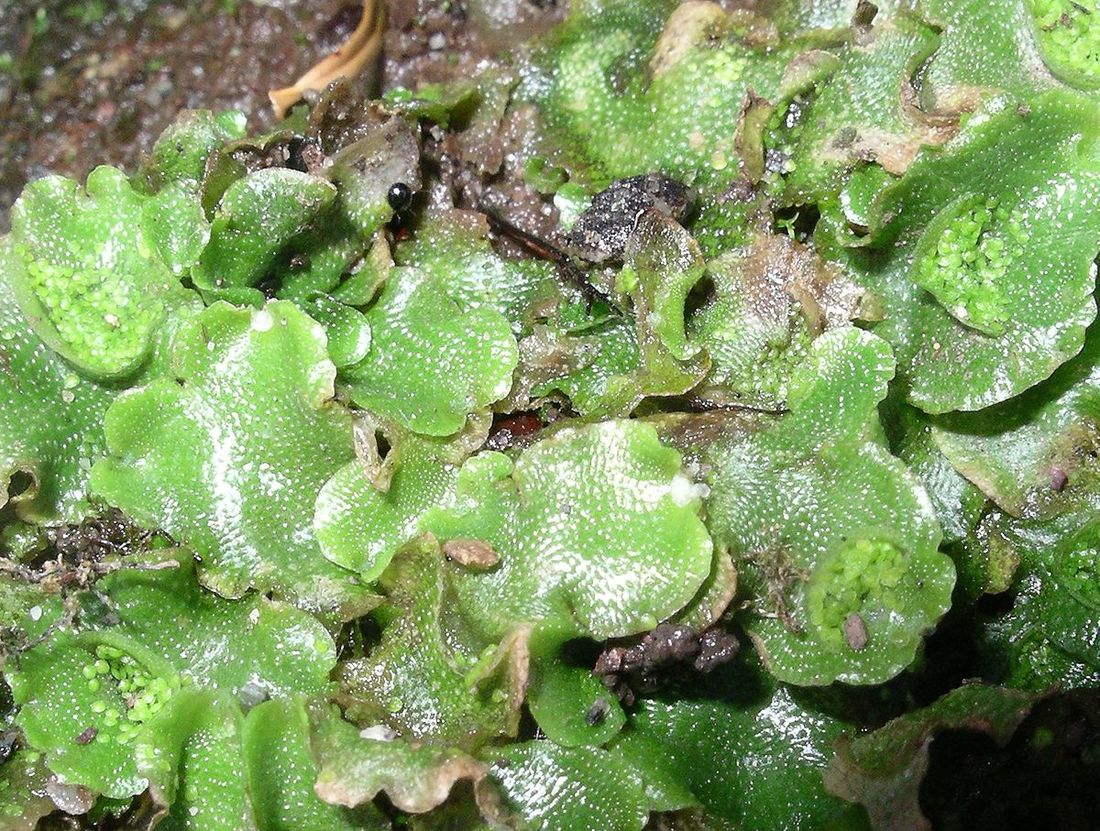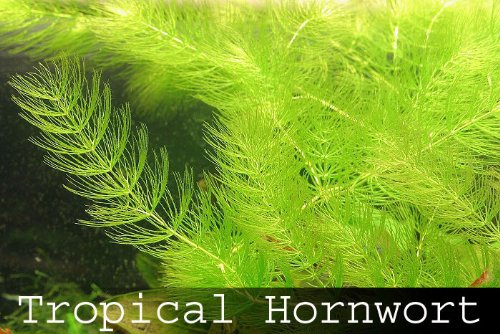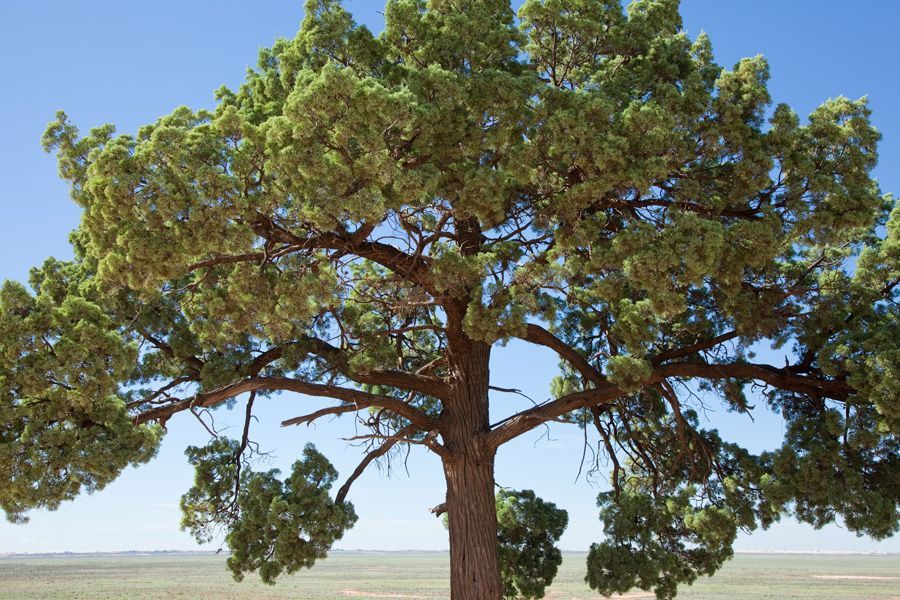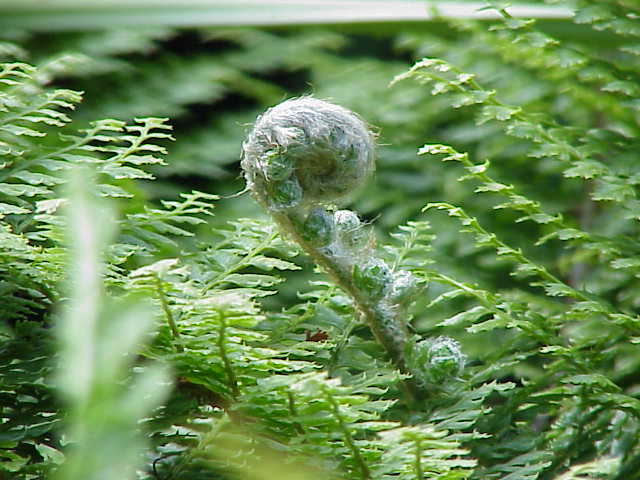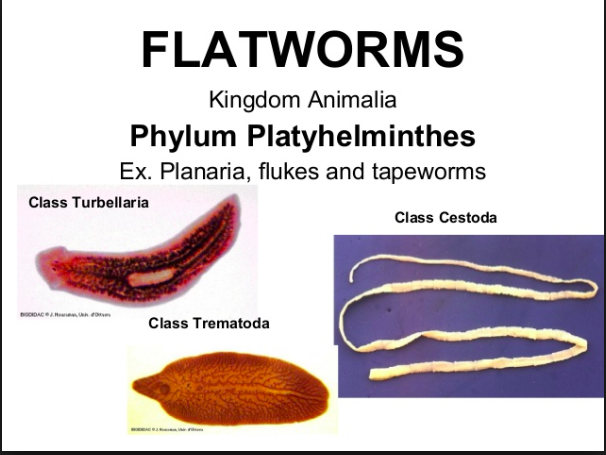Kingdom Plantae
Phylum: Bryophyta
Bryophyta are (from left to right) mosses, liverworts and hornworts. They do not contain vascular tissue (no phloem or xylem). As a result, this limits their growth and the only way substances can move through the body is through osmosis or diffusion. Bryophytes do not have roots but rhizoids, which anchor the plant and can facilitate water and nutrient uptake (Biology Reference, 2018). Bryophytes do not produce pollen, do not have ovules or ovaries, do not produce seeds and do not produce fruits (Oxford, 2014).
Bryophyta are (from left to right) mosses, liverworts and hornworts. They do not contain vascular tissue (no phloem or xylem). As a result, this limits their growth and the only way substances can move through the body is through osmosis or diffusion. Bryophytes do not have roots but rhizoids, which anchor the plant and can facilitate water and nutrient uptake (Biology Reference, 2018). Bryophytes do not produce pollen, do not have ovules or ovaries, do not produce seeds and do not produce fruits (Oxford, 2014).
|
True Moss
Class: Bryopsida Order: Funariales Family: Funariaceae Genus: Funaria Species: hygrometrica |
Leafy Liverwort
Class: Jungermanniopsida Order: Lepicoleales Family: Trichocoleaceae Genus: Leiomitra Species: lanata |
Tropical Hornwort
Class: Magnoliopsida Order: Ceratophyllales Family: Ceratophyllaceae Genus: Ceratophyllum Species: demersum |
Phylum: Coniferophyta
Conifers are evergreens that have roots, stems and leaves. Phloem and xylem are present. Cells between phloem and xylem are present, which allows for secondary thickening of stems and roots and development of plants into trees and shrubs. Pollen is produced in male cones and ovules are produced in female cones. Seeds are produced and dispersed. Conifers do not bear fruit.
Conifers are evergreens that have roots, stems and leaves. Phloem and xylem are present. Cells between phloem and xylem are present, which allows for secondary thickening of stems and roots and development of plants into trees and shrubs. Pollen is produced in male cones and ovules are produced in female cones. Seeds are produced and dispersed. Conifers do not bear fruit.
Phylum: Filicinophyta
Filicinophyta are ferns. Ferns have roots, stems and leaves, phloem and xylem. They do not have cambium; no true trees or shrubs, do not produce pollen, do not have ovaries or ovules, seeds and do not produce fruit.
Filicinophyta are ferns. Ferns have roots, stems and leaves, phloem and xylem. They do not have cambium; no true trees or shrubs, do not produce pollen, do not have ovaries or ovules, seeds and do not produce fruit.
|
Phylum: Angiospermophyta
By Carlston Sung |
The image to the left is the polystichium setiferum, a shield fern.
Class: Pteridopsida Order: Polypodiales Family: Dryopteridaceae Genus: polystichium Species: setiferum
| ||||||
Kingdom Animalia
|
Phylum: Cnidaria
By Audrey Pranoto |
| ||||||
|
Phylum: Annelida
By Jeffrey Wiediyanto |
| ||||||
|
Phylum: Porifera
By Karen Sutanto |
| ||||||
|
Phylum: Arthropoda
By Melissa Kho |
| ||||||
|
Phylum: Mollusca
By Hana Lee |
| ||||||
Phylum: Platyhelminthes
|
This phylum of flatworms have simple, soft bilaterally symmetric bodies and are invertebrates. They are acoelomates (no body cavity) and no specialized circulatory and respiratory organs. This is one reason why they're flat. Oxygen and nutrients passthrough their bodies via diffusion. There is only one opening for both ingestion and egestion. These flatworms are triploblastic (three layered) and have a definite habitat. The habitat is mostly parasitic, and in both seawater and freshwater.
There are four classes: Trematoda, Cestoda, Turbellaria and Monogenea. Image courtesy of slideshare.net Class: Trematoda Order: Aspidogastrea Family: Aspidogastridae Genus: Macraspis Species: elegans |

